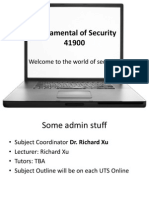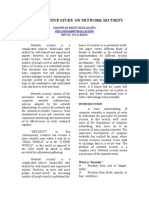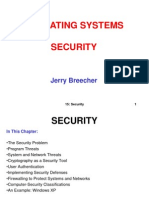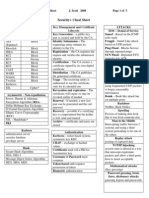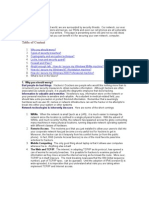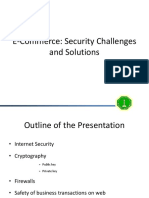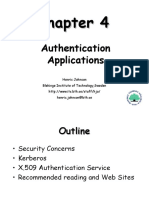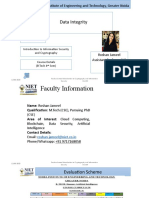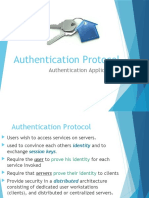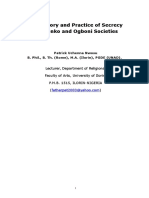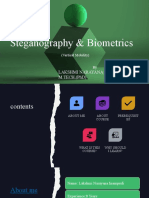100% found this document useful (1 vote)
355 views10 pagesComputer Security Basics
This document provides an overview of computer security basics, including:
1) It defines computer security as including secrecy, confidentiality, accuracy, integrity, authenticity, and availability of data.
2) It discusses common threats like vulnerabilities, threats, and countermeasures.
3) It provides a brief history of computer security efforts from early research to modern standards and legislation.
Uploaded by
Khateeb AhmadCopyright
© © All Rights Reserved
We take content rights seriously. If you suspect this is your content, claim it here.
Available Formats
Download as PDF, TXT or read online on Scribd
100% found this document useful (1 vote)
355 views10 pagesComputer Security Basics
This document provides an overview of computer security basics, including:
1) It defines computer security as including secrecy, confidentiality, accuracy, integrity, authenticity, and availability of data.
2) It discusses common threats like vulnerabilities, threats, and countermeasures.
3) It provides a brief history of computer security efforts from early research to modern standards and legislation.
Uploaded by
Khateeb AhmadCopyright
© © All Rights Reserved
We take content rights seriously. If you suspect this is your content, claim it here.
Available Formats
Download as PDF, TXT or read online on Scribd
/ 10














